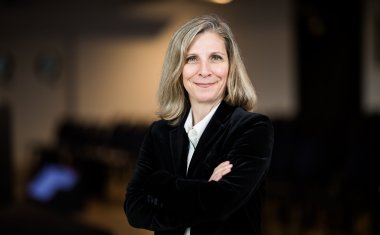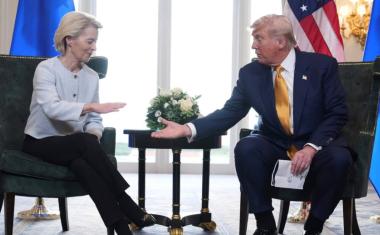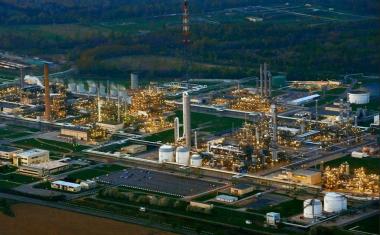US Toxic Chemicals Emissions Halved

In one of its last press releases before being sidelined by the administration of new President Donald Trump, the US Environmental Protection Agency (EPA) reported a cumulative 56% decline in releases of toxic chemicals into the air from industrial production facilities over the period 2005-2015.
EPA’s figures reflect data submitted under its annual Toxics Release Inventory (TRI) National Analysis. Under the Emergency Planning and Community Right-to-Know Act, production facilities must report their toxic chemical releases for the prior calendar year to the agency by Jul. 1 of each year.
The US Pollution Prevention Act also requires information to be provided on pollution prevention and other waste management activities of TRI chemicals. Nearly 22,000 facilities submitted TRI data for calendar year 2015, according to EPA. In the latest report, a section is devoted to the new Frank R. Lautenberg Chemical Safety for the 21st Century Act passed by Congress in 2016, which is charged with reviewing chemicals in commercial use.
For 2015 alone, the EPA report shows an 8% decrease from 2014 to 2015 in overall toxic chemical releases at facilities reporting to the program. Hydrochloric acid, sulfuric acid, toluene and mercury were among chemicals with significantly lower air releases at TRI-covered facilities. These air pollutants – which are regulated in Europe under REACh chemicals legislation – are suspected of potentially having negative health effects including damage to developing nervous systems and respiratory irritation.
EPA said combined hydrochloric acid and sulfuric acid air releases fell by more than 566 million lbs, mercury more than 76,000 lbs and toluene more than 32 million lbs at TRI-covered facilities. Coal- and oil-fired electric utilities accounted for more than 90% of reported nationwide reductions in air releases of hydrochloric acid, sulfuric acid and mercury from 2005 to 2015, which is said to be due to a shift from coal to other fuel sources as well as installation of control technologies and implementation of environmental regulations.
















